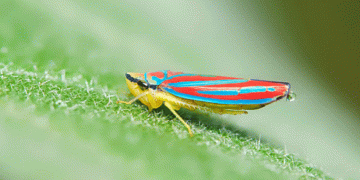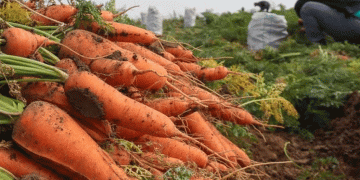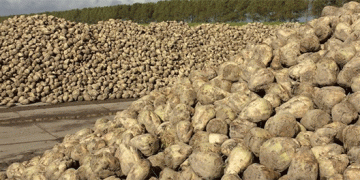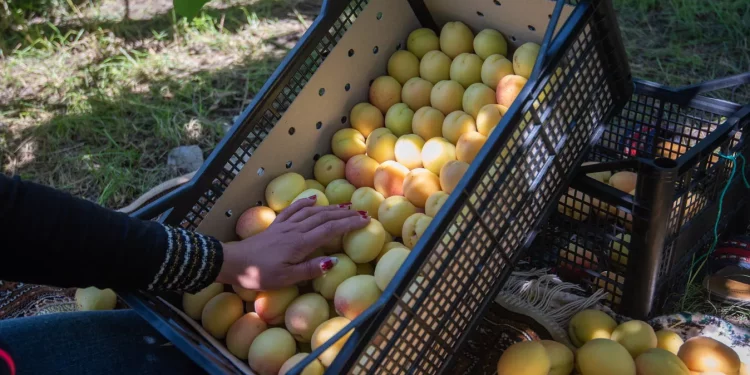Agricultural products of farmers in Armenia are not subject to VAT. It would seem that this is a tax benefit, but in fact it hits the farmers themselves like a boomerang, who, because of this, are forced to sell the goods cheaper. They already tried to solve the problem in 2018, now they approached it again.
The Ministry of Economy of Armenia is trying again to solve the long-standing problem with the taxation of agricultural products. In Armenia, it is not subject to VAT, and it would seem that this is beneficial for farmers: they don’t earn millions anyway, so at least they don’t take taxes from them. But the issue is that the absence of VAT not only does not help farmers, but often hinders them. Given that VAT is not the easiest tax, we will explain the problem in a separate paragraph, and then we will talk about the draft law itself, which the Ministry of Economy proposes to solve the problem.
Multicolored VAT
VAT is a tax that is not paid by a farmer who grows grapes, and not by a Yerevan supermarket that sells these grapes. It is added to the final price that you and I pay. For simplicity, let’s depict the situation on the diagram: on the left is the “ideal” one, on the right is the real one.
Ideally, a farmer sells a conditional kilogram of grapes. His share is 300 drams, it is shown in green. Further, 60 drams (that is, 20%) VAT is charged on it. For these 360 drams, the store charges 100 drams of its markup, to which VAT of 20 drams is also added (that is, again at 20%). Grapes cost 480 drams on the supermarket shelf.
Having sold the goods, the supermarket pays the state two red “blotches” of VAT: the top (own) and the bottom (farm). After that, the tax office notifies him: “Your sale generated 60+20 VAT drams, 20 on your behalf, 60 on behalf of the farmer.”
Therefore, if the VAT chain is working normally, then for all its participants it creates a 0% load. Problems arise when the chain fails.
Which ones are shown in the diagram on the right. The tax office says to the supermarket: “We do not charge VAT from farmers, but these 60 drams must be taken from someone. We will take it from you, there is no other way out.”
There are several options for solving the problem in front of the supermarket. The first is to give them out of your “hard money” (from your “purple” piece of 100 drams). Naturally, no one will do that. The second option is to raise the final price and pay at the expense of the buyer (no one will do this either, so as not to lose customers). Therefore, the third option is valid, where the “extreme” is the farmer. The supermarket “cuts off” 60 drams from the farmer’s proceeds (the green piece in the picture) and buys grapes for 240 instead of 300, and gives the extra 60 drams (shown in blue) to the state to pay VAT (that is, with blue 60 drams “extinguishes” red ).
Thus, on the counter, we both paid and continue to pay 480 drams, and the state remains with its red pieces, the supermarket with its purple piece, and the green piece of the farmer is reduced.
































